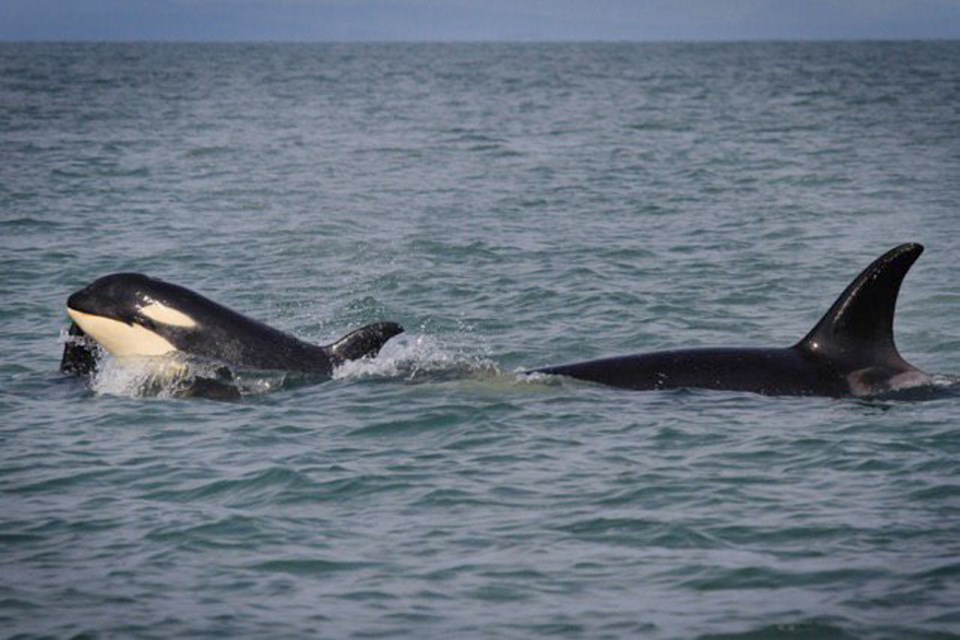The death of a juvenile orca that had been showing signs of malnutrition has killer-whale researchers despairing about the long-term viability of the southern residents.
“I would say we are already in a very dangerous situation,” said Lance Barrett-Lennard, senior marine mammal researcher at the Vancouver Aquarium.
“If this trajectory continues and we lose two or three more, from deaths or unsuccessful birth, we will be in a real spiral.”
On Monday, the Centre for Whale Research in Friday Harbor, Washington, released information that a two-and-a-half-year-old male had died, probably from lack of food. The young whale was last seen Sept. 15.
The population of southern resident killer whales, a distinct group that sticks to waters around the Salish Sea and doesn’t interbreed with other orca groups, is down to 76.
That’s below the number that prompted the U.S. government to put the southern residents on the endangered species list in 2001: 78 animals.
The latest death “puts this population on a trajectory to extinction,” said Howard Garrett, founder of the non-profit Orca Network on Whidbey Island, Washington.
A key fear of whale researchers is the scarcity of food for the southern residents. The population feeds almost exclusively on Chinook salmon, a species suffering poor returns this year.
Barrett-Lennard said some have speculated that southern residents have learned to favour Chinook.
They are the largest of the Pacific salmon and the only one in good abundance year round. Other species, such as sockeye, only appear in their range in sudden, single pulses once a year.
Barrett-Lennard said he has not completely given up hope, since the federal government has given strong signals it will take action to protect the southern resident orcas.



